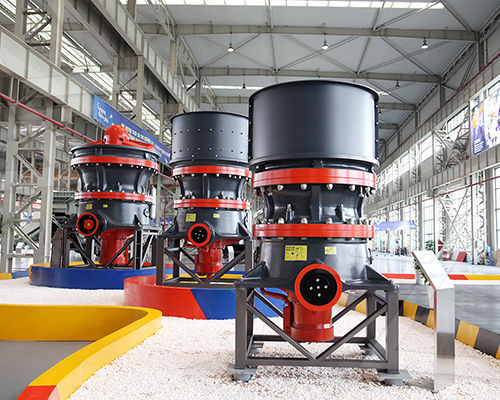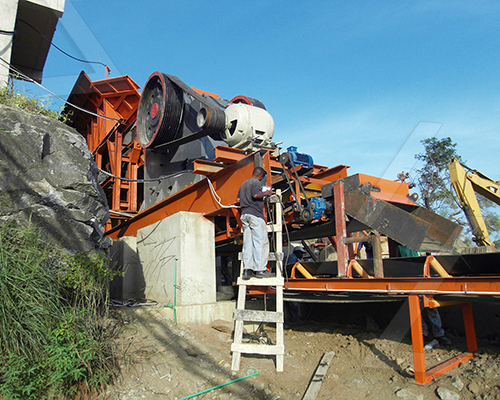 Crushing & Reduction in Gyratory Crushers
Crushing & Reduction in Gyratory Crushers
A gyratory crusher is a primary crushing machine used in mining and ore processing to break large rocks into smaller fragments. It operates by compressing material between a fixed outer concave (bowl liner) and a gyrating inner mantle mounted on an eccentric shaft.
# Key Aspects of Crushing & Reduction in Gyratory Crushers:
1. Crushing Mechanism:
– The mantle gyrates eccentrically, creating a compressive force that crushes the feed material against the concave.
– The gap between the mantle and concave narrows as material moves downward, progressively reducing particle size.
2. Reduction Ratio:
– The reduction ratio (ratio of feed size to product size) typically ranges from 5:1 to 10:1.
– Higher reduction ratios are possible but may require multiple crushing stages.
3. Advantages Over Jaw Crushers:
– Higher capacity (can handle larger feed sizes).
– Continuous crushing action (less downtime for jaw-like reciprocating motion).
– More efficient for hard, abrasive materials.
4. Applications:
– Primary crushing in mines and quarries.
– Processing hard ores (e.g., iron, copper, gold).
– Large-scale aggregate production.
5. Factors Affecting Performance:
– Speed & Stroke: Adjusting eccentric speed affects throughput and product size.
– Chamber Design: Steeper or flatter concaves influence particle shape.
– Feed Size & Hardness: Larger or harder rocks require more crushing force.
6. Maintenance Considerations:
– Wear on mantle and concave liners impacts efficiency.
– Proper lubrication of bearings and eccentric assembly is critical.
# Comparison with Cone Crushers:
– Gyratory crushers are larger and suited for high-capacity primary crushing.
– Cone crushers are secondary/tertiary crushers with finer output but lower capacity.
 # Conclusion
# Conclusion
Gyratory crushers excel in high-tonnage, large-feed applications, providing efficient size reduction for downstream processing. Their design ensures consistent performance but requires careful maintenance to optimize lifespan and productivity.
Would you like details on specific models or operational best practices?




